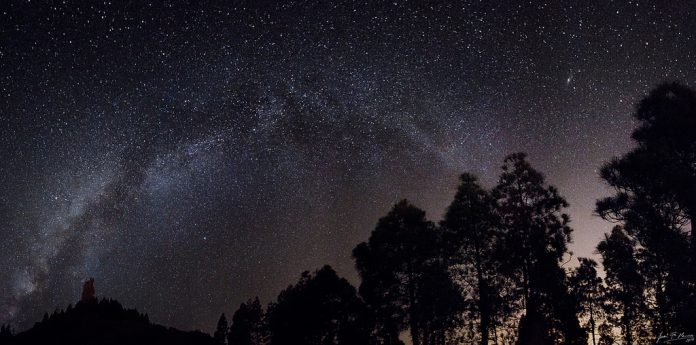
A new study of satellite images of Earth was published this Tuesday in the Science Advances journal, revealing a troubling issue in its findings. The nighttime face of the planet has been growing 2.2% brighter every year on average, causing light pollution that could have negative consequences in the environment and our lives.
Lead researcher Christopher Kyba warned against the dangers of light pollution in the lives of plants, animals, and even people. What might seem like a non-issue could actually have a significant effect on our immediate surroundings, particularly for those who live in cities in developed countries.
Lighting is undoubtedly a good thing and a remarkable achievement for people in some far corners of the world, but scientists fear the decreased costs of electricity and the use of energy-efficient technology could lead to an increasingly lit world.
The world might be even brighter than we think
The new research was based on data gathered over a period of four years, between 2012 and 2016. Images taken by the weather satellite Suomi NPP provided specialists with a close-up look at illuminated communities around the world, which literally shed light on the ongoing issue of light pollution.
Aboard the spacecraft, there is an instrument called a Visible Infrared Imaging Radiometer Suite, which in turn has a Day/Night Band (DNB) sensor that is used to image lighting changes on the nighttime face of the Earth, although it is originally intended to map clouds so as to provide night forecasts.
The thing about the satellite is that it did not capture images of light generated at higher wavelengths than the one produced by traditional light bulbs and light sources. This vision of light at a yellow color temperature is rapidly changing with the widespread adoption of cheaper, more efficient white LEDs.
As a result, the 2.2% yearly average increase might be even greater if we factor in these white light sources. Of course, these numbers go up and up in developed metropolises, while in war-torn zones like Yemen and Syria actually show a plunge in illuminated communities.
Hello astronomy twitter. Have you seen this yet? LEDs are not helping, they're just making the sky brighter. Please pass it on! https://t.co/jlm8C7PDCM pic.twitter.com/ywyWv87mSz
— Christopher Kyba (@skyglowberlin) November 22, 2017
What consequences could light have on nature?
A well-lit world is not a bad thing, but with the advent of cheap energy and efficient resources, scientists fear a rebound effect. While these advances should make people conserve more energy and be more conscious about consumption, people might end up doing the opposite since they believe they are helping the planet.
Christopher Kyba explains that many natural processes are determined by light cycles, including animal activity and plant pollination. For us humans, our circadian rhythm is directly affected by prolonged exposure to light, which in turn has negative effects on our health and sleep.
Source: Science Advances











